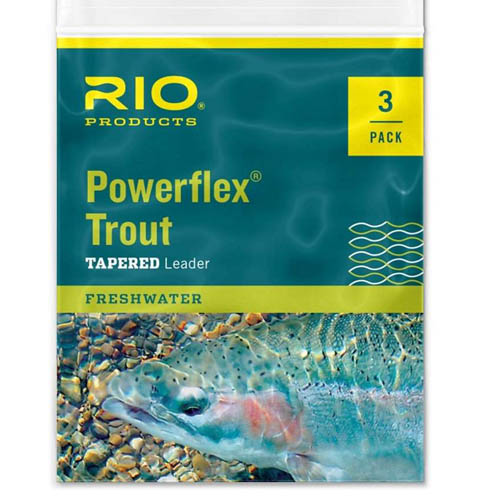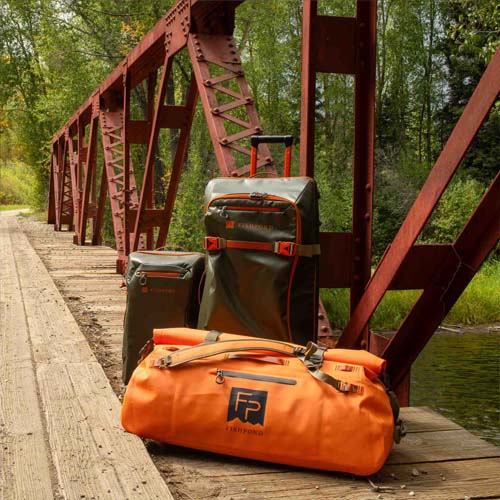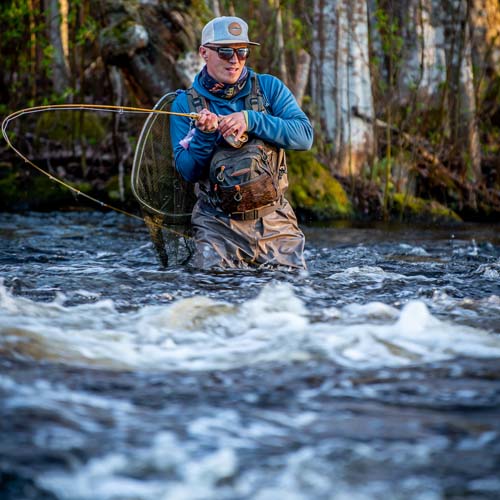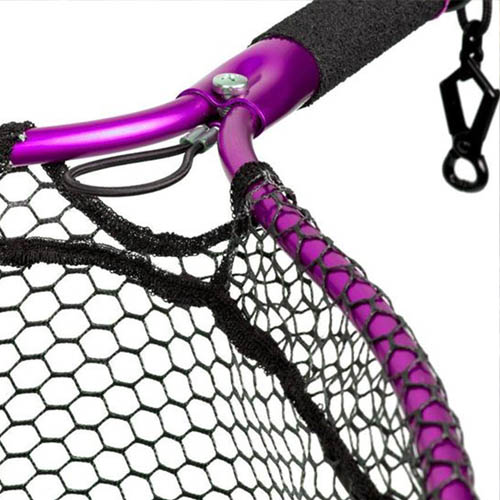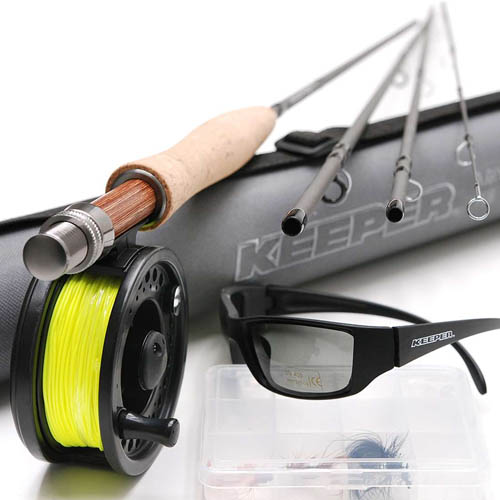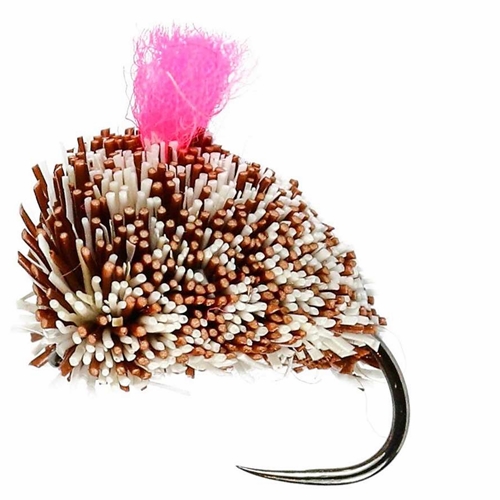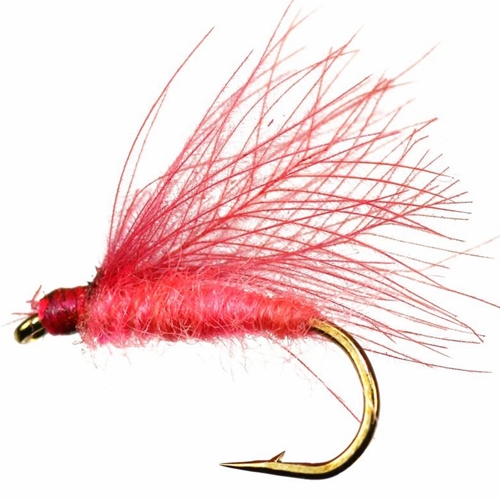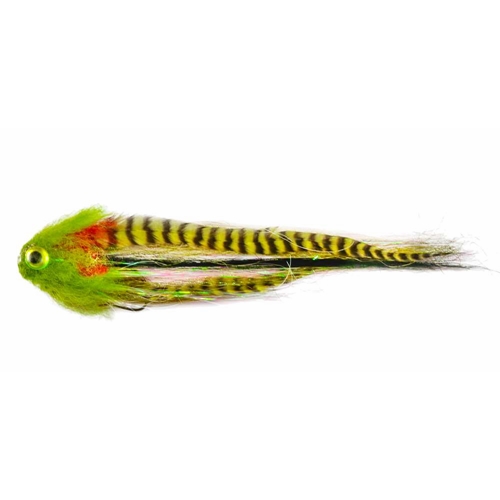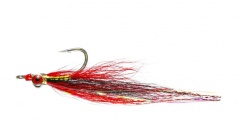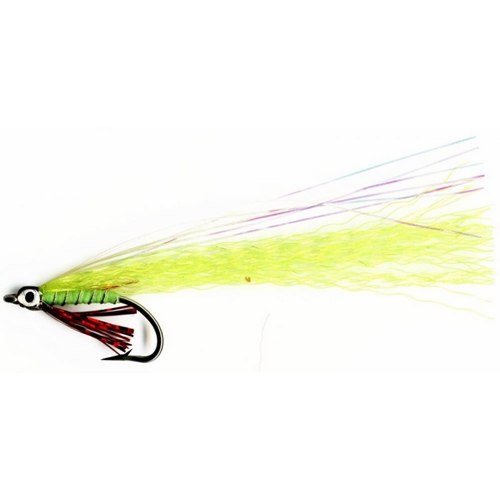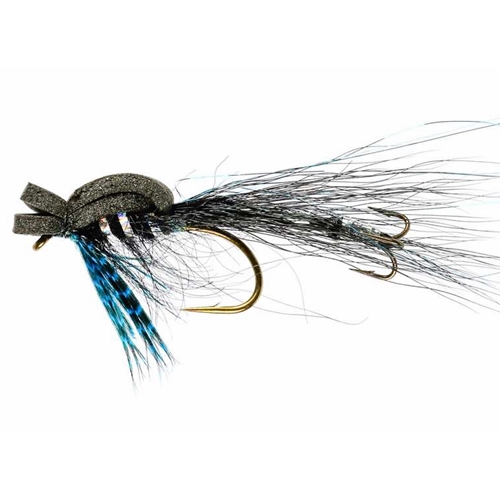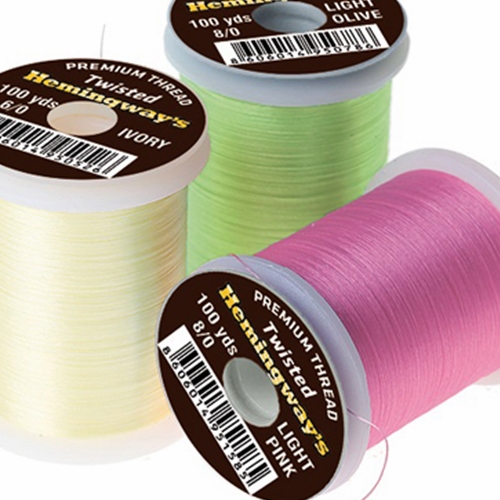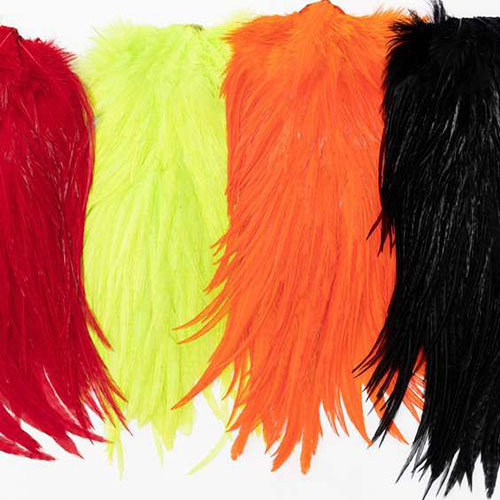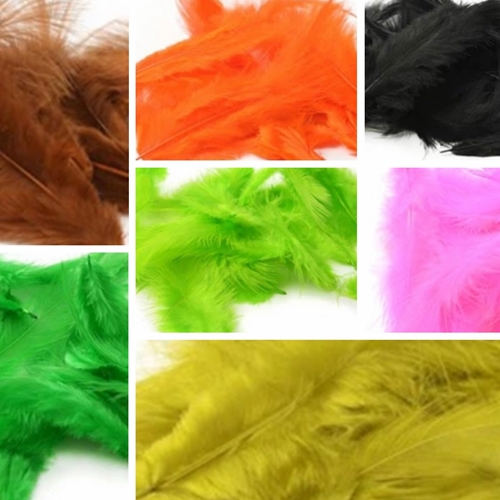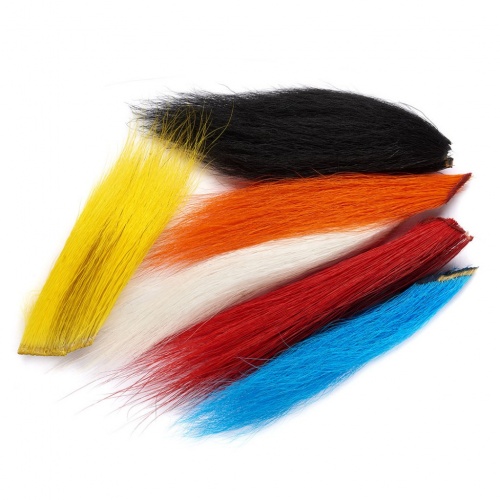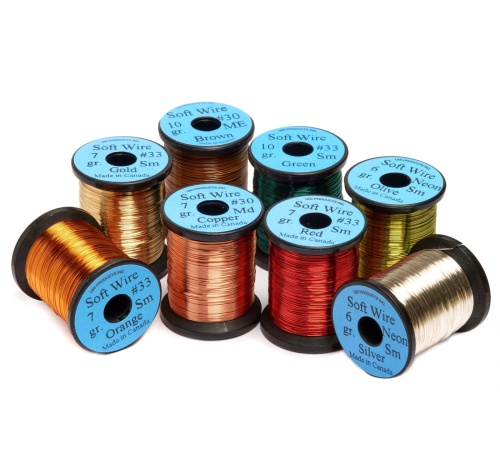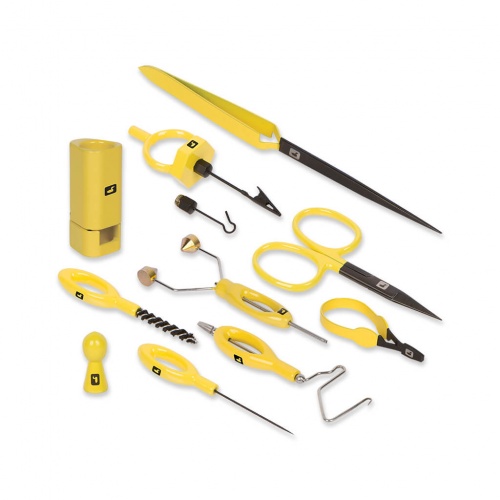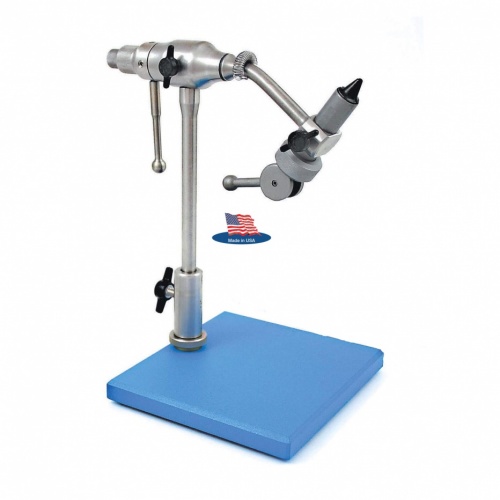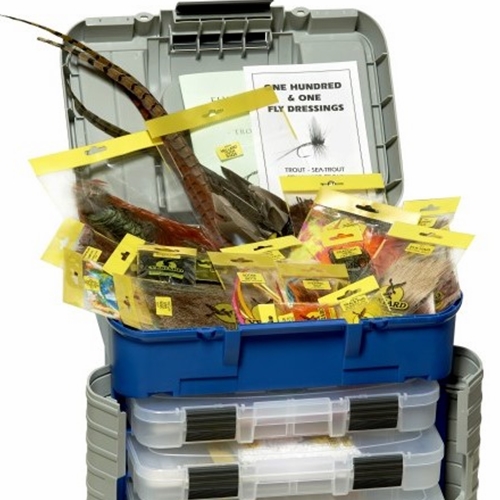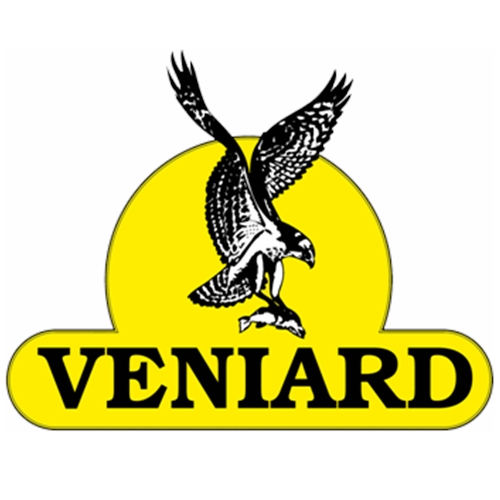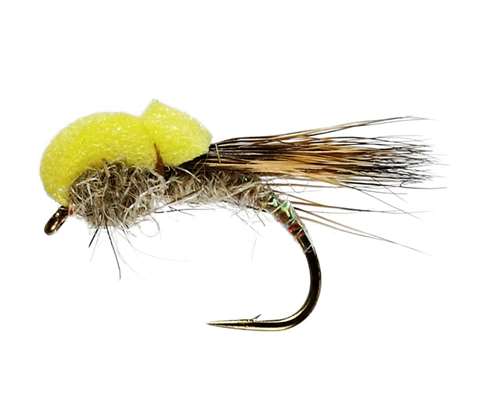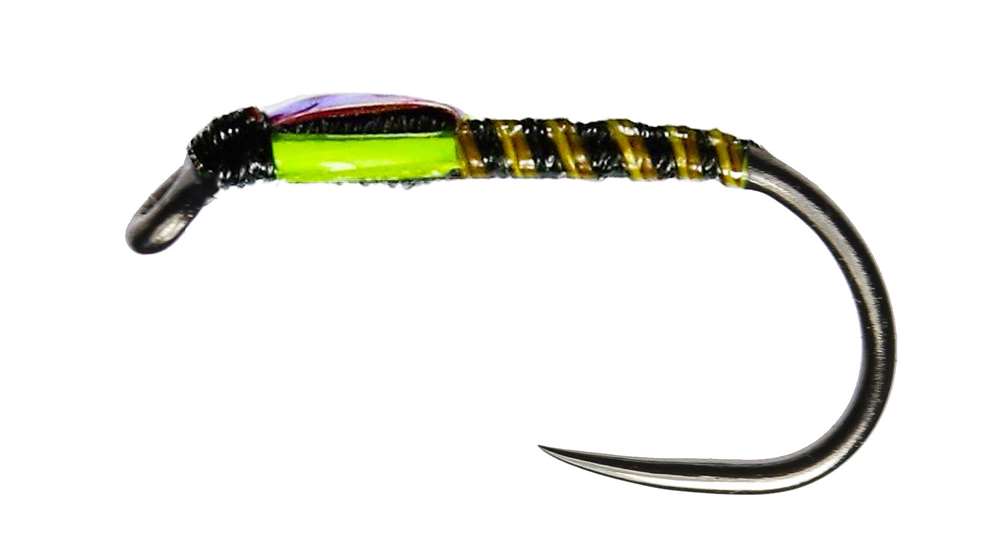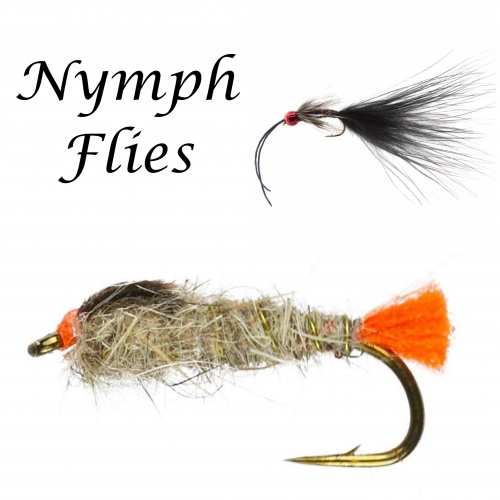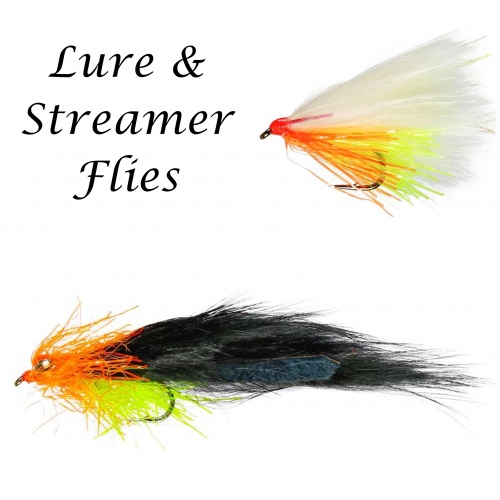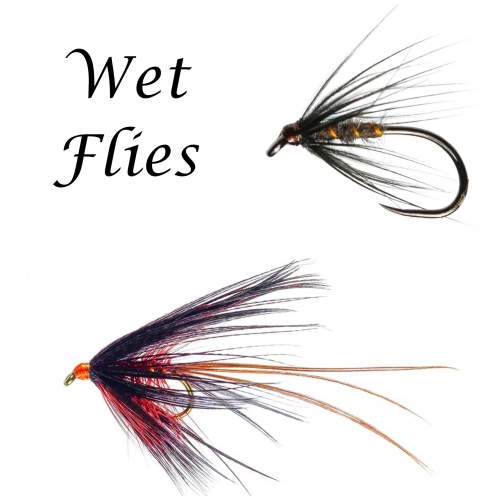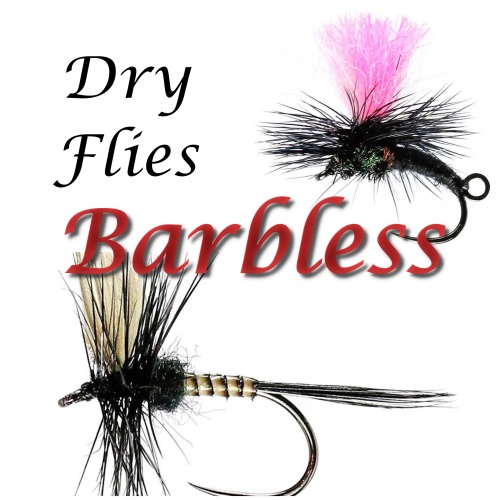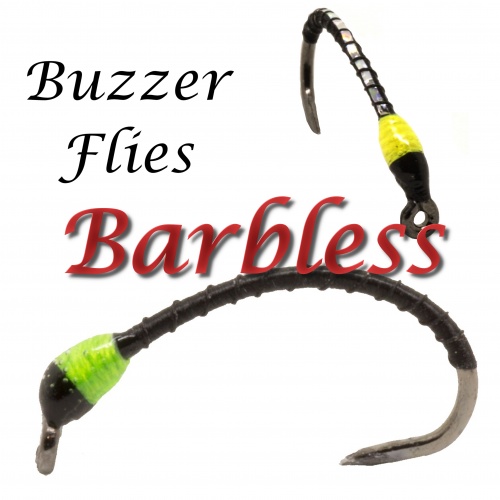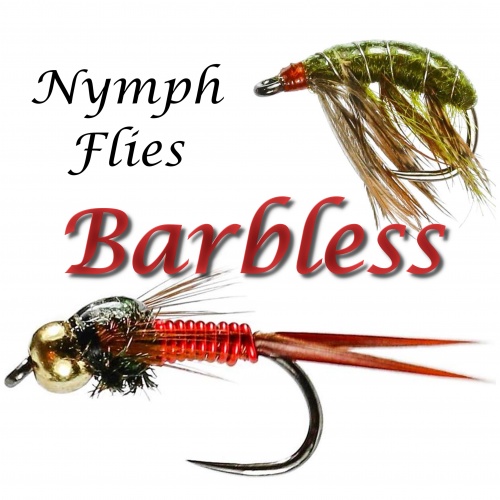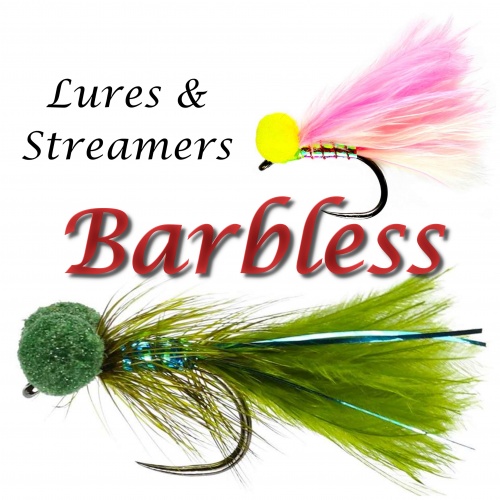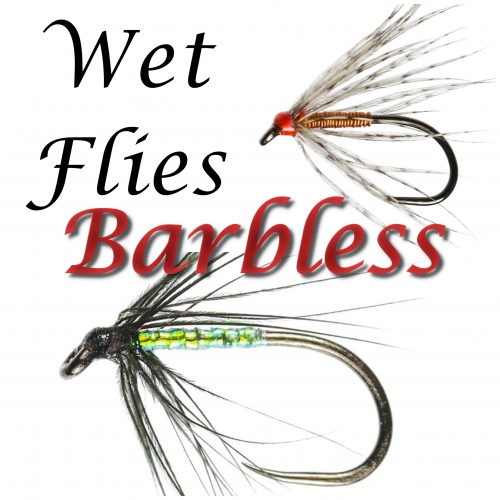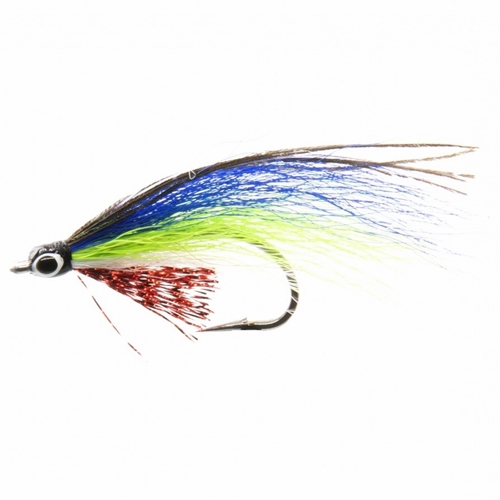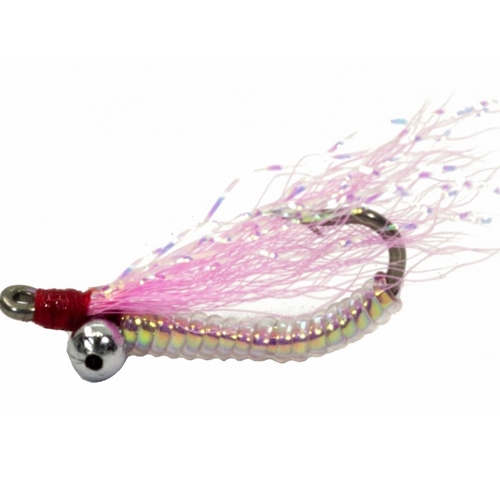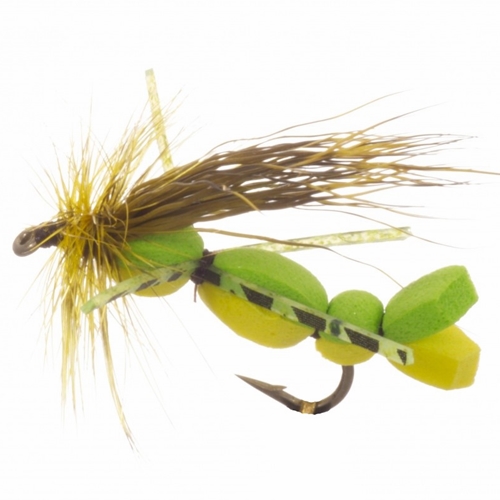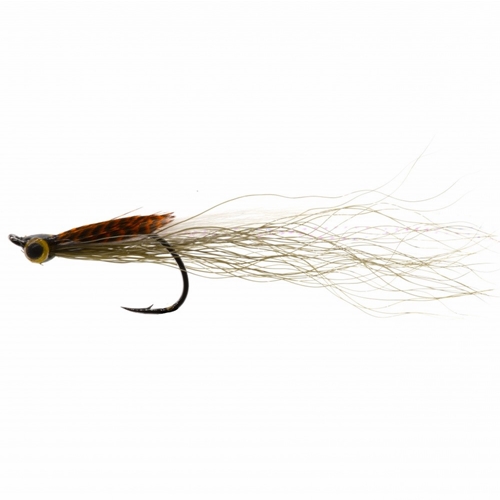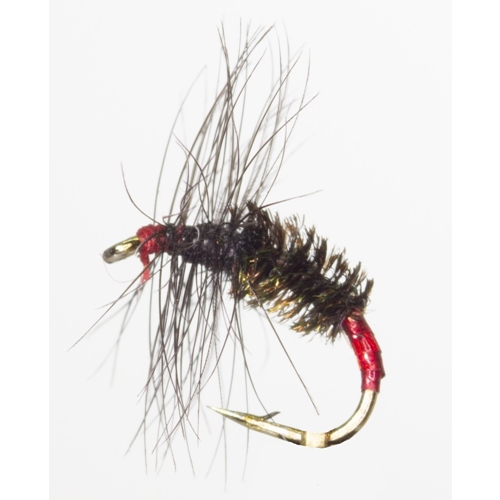Fly Fishing Glossary L's
Fly-Fishing can often be confusing to beginners to the sport because fly-fishermen talk and write in a strange language using words not always in standard use. To help take some of the confusion out of the terms bandied about by fly fishermen we have compiled this glossary.
[ A ] [ B ] [ C ] [ D ] [ E ] [ F ] [ G ] [ H ] [ I ] [ J ] [ K ] [ L ] [ M ] [ N ] [ O ] [ P ] [ Q ] [ R ] [ S ] [ T ] [ U ] [ V ] [ W ] [ X ] [ Y ] [ Z ]
LLarva: the immature, aquatic, growing stage of the caddis larva and some other insects. Many species of caddis larva build a protective covering of fine gravel or debris to protect them in this stage. The larva is a bottom dwelling non-swimming stage of the insect.
Leader: A single piece of tapered monofilament or multiple segments of monofilament stepped down from large where it is attached to the fly line to small where it is attached to the tippet. The butt end is usually fairly large and stiff 0X 12b with the tippet end around 3X or 4X which is narrow at iro .007 inches). The section near the fly may include a tippet or alternatively you can use a tapered leader or droppered leader.
Leader Material: clear nylon or other type of monofilament. Two types are commonly used. One is the stiff or hard type, used mainly for the butt section and saltwater leaders; the second type is soft or supple monofilament, used mostly for tippets on all line weights, and for complete leaders on light weight fly lines (see leader, monofilament, tippet).
Lie: Areas in a river or lake where fish like trout and grayling hang out, commonly well-located because they are out of the main current, present cover from predators or provide a good source of insects and other food. The art of trout fly fishing and fly fishing generally is "reading the lies", seeing where fish should be.Line dressing: An old term carried over from the days of silk fly lines referring to the oily substances applied to clean and increase buoyancy. Modern fly lines generally only need to be cleaned with warmwater and soap although coatings with Mucilin often aids floating ability
Line weight: The weight of a fly line, it is used as a way to standardize fly lines in matching them to fly rods of differing stiffness. Line weighting is not a linear numbering system; the first 30 feet of a #6 weight line 160 grains while the first 30 feet of a #3 weight line is 100 grains.
Loading or Loading the Rod: A term used to describe the effect of the weight of the flyline and the momentum of the cast upon the fly rod. A loaded rod is bent or loaded more with a greater casting force and a heavier line.
Loop to loop: A way to connect a fly line and a leader by making a loop at the end of the leader (perfection loop knot) and a loop attached to the end of the fly line. Loop to loop connections are sometimes made from a leader to a tippet.







